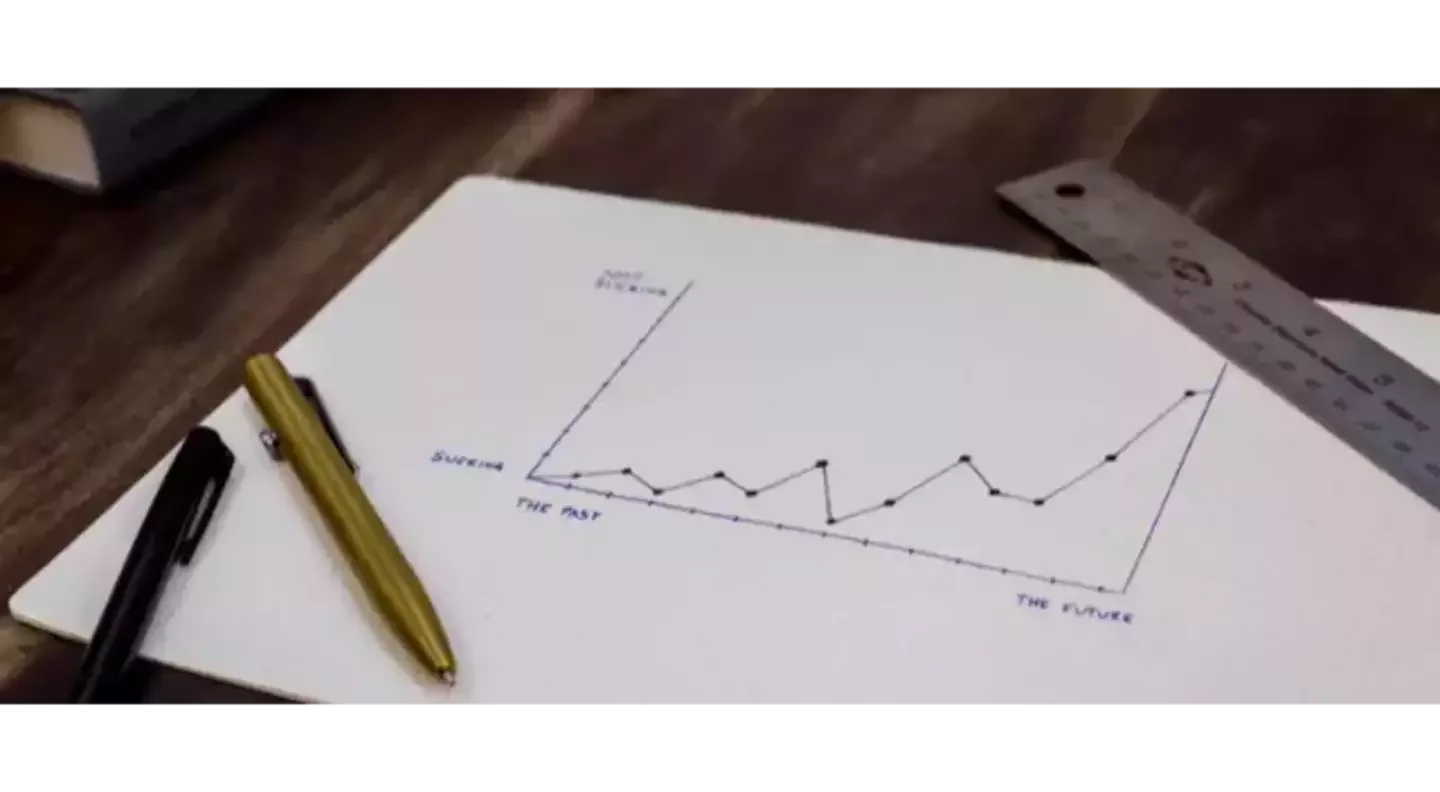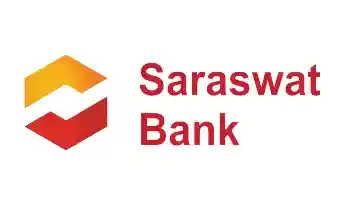Get instant loan offer suitable to your profile !


On this Page:
Read to know the reasons why the GMAT scores around the world increased exponentially in 2021. Understand the reason behind this increase and also read the GMAT trends of 2021.

The year 2020 was the year of lows, and every index from social indices to per capita income to GDP crashed. The year also affected education adversely, especially for those who were planning to study abroad. The top B-schools witnessed an unprecedented decrease in admissions, and students who were planning to take GMAT either couldn’t take the exam or couldn’t score well in the test. The events of pandemics affected the test both qualitatively and quantitatively. The quantitative aspect leads to a direct effect on the qualitative aspects of GMAT scores in 2020. As the number of applicants drastically reduced, many top B-schools reduced the required GMAT scores. And there were several instances wherein the B-schools event went on to the extent of totally ruling out GMAT from the admission process.
In the US more than 90% of B-schools witnessed a downfall in the GMAT scores. However, many confuse this downfall with a new trend but the tables turned around dramatically. Last year the scores increased exponentially, and we will delve into the relevant statistics.

In 2020, the first wave of the COVID-19 pandemic there were a lot of uncertainties. There was an acute lack of information which left the whole world confused. We haven’t had a situation like this in our lifetimes. So, the extent of uncertainty grasped the education sector as well, and GMAT was no different. The applicants had a lot of doubts about travel abroad, opening up of colleges, online mode of teaching, and a ton of other factors. All these factors somehow contributed to a steep fall in the number of GMAT test-takers, and consecutively the admissions in B-schools. The governments across the world were uncertain about opening up international borders which pulled away students from taking a shot at the GMAT exam, and admissions to B-schools abroad.
You can’t distinguish B-schools when it comes to the fall in the required GMAT scores, as the impact swept all institutions across the globe. Not only in the US but the UK, EU, Australia, and across the spectrum the GMAT score requirements fell.
Struggling with Your Admissions?

After the pandemic struck the world, people adapted to the new normal. And many thought that everything has changed but this wasn’t the case with GMAT scores. The GMAT scores jumped back pretty fast, and several factors contributed to the sudden rise. Many overlooked the fact that there might have been some hurdles in 2020 but the world adapted to these changes more rapidly than anyone else would have anticipated. The extent of the pandemic was unprecedented so was the adaptation. It was evident from the sudden rise in the number of applicants to B-schools. The students who couldn’t take the GMAT in 2020 or couldn’t take admission came in addition to the existing applicants. For instance the number of applicants rose by 61% in one year at the Kelley School of Business at Indiana University. The GMAT score for 2020 was 652 which increased by 27 points to reach 679 in 2021. A similar rise in the number of applicants has been witnessed in other B-schools across the US, EU, and the UK.
The rise in the number of applicants had a direct bearing on the requisite GMAT scores. It might have appeared to some that the GMAT scores will continue to decrease but this wasn’t the case. A similar pattern was noticed at Rice Jones wherein the GMAT scores increased from 689 in 2020 to 705 in 2021, a steep increase of 16 points in one year.
Check Your Education Loan Eligibility

One thing that none of us would have anticipated in March 2020 is the pace at which the world will adapt to the worst crisis in the last 100 years. The pandemic, and its effects were certainly devastating but the adaptation was equally praiseworthy. Once people adapted, the students started taking the GMAT test. New avenues of employment were generated, more students planned to take admissions in B-schools.
The following factors attributed to the increase in GMAT scores in 2021:-
 More international students appeared for GMAT, and applied for admission at top B-schools of the world.
More international students appeared for GMAT, and applied for admission at top B-schools of the world.
 The sudden influx of students was part of the backlog admission of 2020 which was derailed due to the pandemic.
The sudden influx of students was part of the backlog admission of 2020 which was derailed due to the pandemic.
 The pandemic made the students, professionals, and other classes of test-takers stay at home which led to better preparations, and it was reflected in the overall scores of test-takers. International students did exceptionally well when it came to admissions at top B-schools in the US.
The pandemic made the students, professionals, and other classes of test-takers stay at home which led to better preparations, and it was reflected in the overall scores of test-takers. International students did exceptionally well when it came to admissions at top B-schools in the US.
 Another factor that immensely contributed to the rise in GMAT scores is the GMAC's recent score cancellation changes. So, only those test-takers who did well in the exam will be submitting their scores. This will mean that the overall scores will certainly increase.
Another factor that immensely contributed to the rise in GMAT scores is the GMAC's recent score cancellation changes. So, only those test-takers who did well in the exam will be submitting their scores. This will mean that the overall scores will certainly increase.
 The panic in 2020 was clearly evident in B-schools too. They didn’t have any idea as to how long this pandemic will continue, so they broadened the admission base. Now that there are ample applicants for the test, it becomes very clear that with narrowed admission criteria the scores will go up.
The panic in 2020 was clearly evident in B-schools too. They didn’t have any idea as to how long this pandemic will continue, so they broadened the admission base. Now that there are ample applicants for the test, it becomes very clear that with narrowed admission criteria the scores will go up.
 The travel restrictions and closing of international borders also opened up the floodgates which meant more applicants with better scores.
The travel restrictions and closing of international borders also opened up the floodgates which meant more applicants with better scores.
 Adoption of work from home, and flexible working hours by most companies motivated professionals to go for an MBA. This also contributed to the increased GMAT scores.
Adoption of work from home, and flexible working hours by most companies motivated professionals to go for an MBA. This also contributed to the increased GMAT scores.
 The introduction of new courses in the post-pandemic era, and the sudden increase in digital footprints also motivated test-takers to go for the GMAT.
The introduction of new courses in the post-pandemic era, and the sudden increase in digital footprints also motivated test-takers to go for the GMAT.
 The GMAT optional policy has also enabled B-schools to select students from a considerably large pool of applicants. Thus a direct bearing on the GMAT scores.
The GMAT optional policy has also enabled B-schools to select students from a considerably large pool of applicants. Thus a direct bearing on the GMAT scores.
 Now that many B-schools also consider the GRE for admissions, the completion for GMAT test-takers will increase for sure. It is also a big contributor to the increase in GMAT scores in 2021. To get more insights on How to Decide Between GRE and GMAT?, click here.
Now that many B-schools also consider the GRE for admissions, the completion for GMAT test-takers will increase for sure. It is also a big contributor to the increase in GMAT scores in 2021. To get more insights on How to Decide Between GRE and GMAT?, click here.

|
Tennessee-Knoxville (Haslam) |
680 |
627 |
53 |
|
Utah (Eccles) |
655 |
629 |
26 |
|
USC (Marshall) |
716 |
692 |
24 |
|
SMU (Cox) |
686 |
662 |
24 |
|
NYU (Stern) |
729 |
710 |
19 |
|
Duke (Fuqua) |
713 |
695 |
18 |
|
Georgia (Terry) |
665 |
647 |
18 |
|
Miami |
656 |
639 |
17 |
|
Rice (Jones) |
705 |
690 |
15 |
|
Michigan (Ross) |
722 |
708 |
14 |
The real picture of GMAT scores can only be assessed when we do thorough analysis with respect to previous trends. Just six years back the scores weren’t that high but in 2021 the increased scores made us do this comparison to bring a more clear picture for you. As a test taker you must analyse the scoring trend to assess the amount of effort you have to put in, and other factors which contribute to the increase in scores.
The GMAT score levels for top B-schools in the US have seen an upward trend in the last six years. For instance, the NYU Stern School of Business has witnessed an increase in GMAT scores from 710 in 2016 to 729 in 2021. The rise in GMAT scores at Haslam College of Business at the University of Tennessee is truly unprecedented as the scores raised from 627 in 2016 to 680 in 2021. A similar trend has been noticed at top business schools from other countries too.
However, there is another trend wherein the GMAT scores level have decreased in the last six years. Many B-schools have witnessed a steep decline in the GMAT scores. For instance, the Eli Broad College of Business at the Michigan State University had the GMAT score requirement of 670 in 2016 which fell to 650 in 2021. A similar drop has been witnessed in other B-schools too. But on average, there is a rise in the GMAT score post-2016 at top B-schools across the globe.
Read Also:-

|
|
2021 |
2020 |
2019 |
2018 |
2017 |
Score change 2021-19 |
Score change 2017-21 |
|
Stanford GSB |
738 |
733 |
734 |
732 |
737 |
5 |
1 |
|
Chicago (Booth) |
732 |
724 |
730 |
731 |
730 |
8 |
8 |
|
Penn (Wharton) |
733 |
722 |
732 |
732 |
730 |
11 |
7 |
|
Northwestern (Kellogg) |
727 |
727 |
730 |
732 |
732 |
No Change |
-5 |
|
Harvard Business School |
730 |
730 |
730 |
730 |
729 |
No Change |
1 |
|
MIT (Sloan) |
730 |
720 |
727 |
728 |
722 |
10 |
NA |
|
Columbia |
729 |
726 |
727 |
Check Your Education Loan Eligibility

Ask from a community of 10K+ peers, alumni and experts
Trending Blogs
Similar Blogs

Network with a community of curious students, just like you
Join our community to make connections, find answers and future roommates.. Join our CommunityCountry-Wise Loans
Best Lenders for Education Loan

ICICI Bank

Axis Bank

Union Bank

Prodigy

Auxilo

Credila

IDFC

InCred

MPower

Avanse

SBI

BOB

Poonawalla

Saraswat